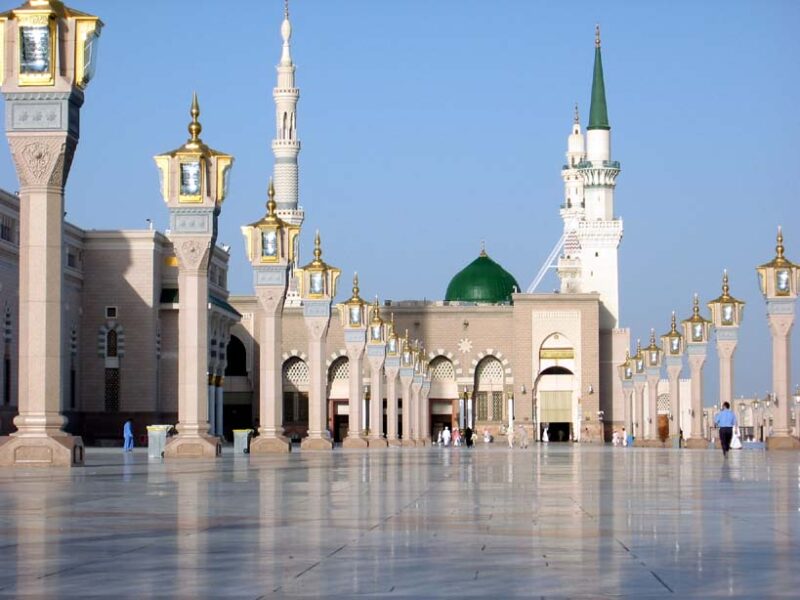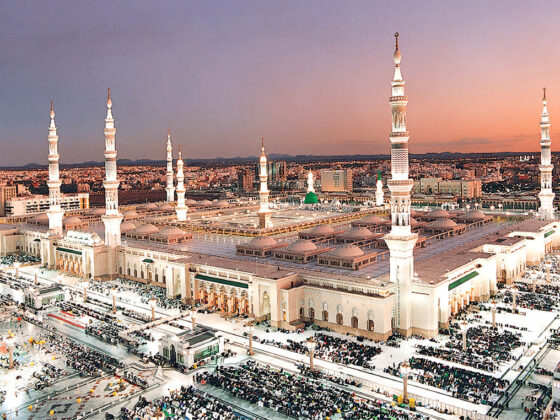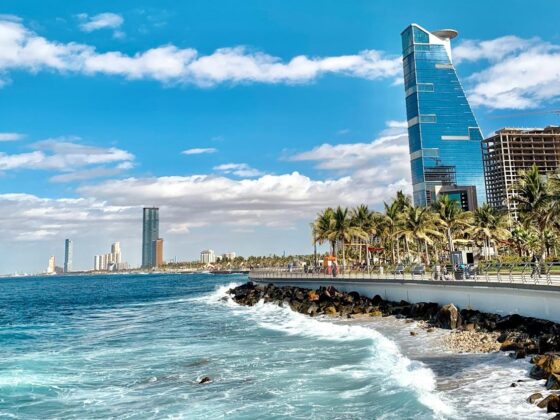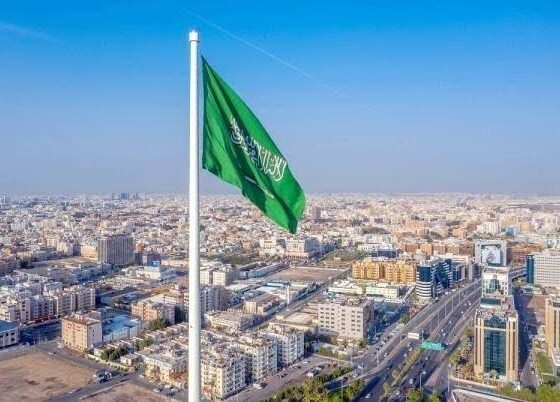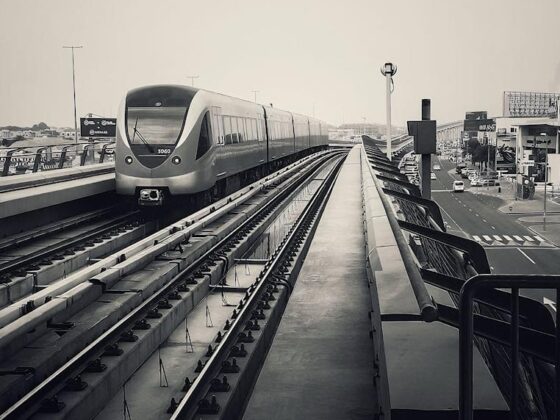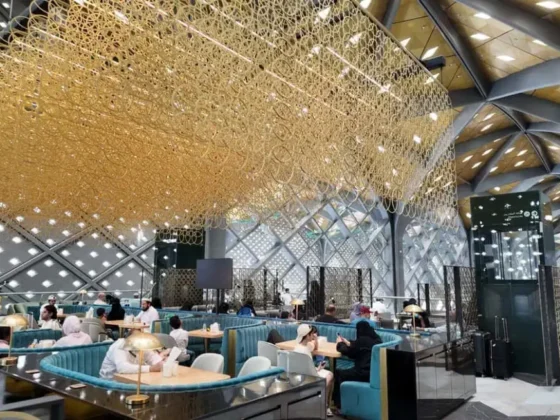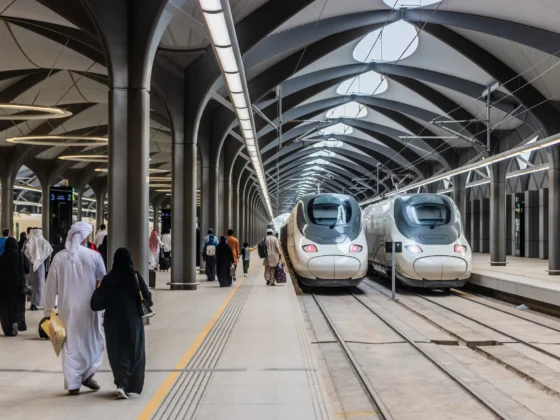Significance of Ramadan in Saudi Arabia
Ramadan holds immense spiritual and cultural significance in Saudi Arabia. This holy month is characterized by fasting, prayer, and community, shaping the lives of Muslims throughout the country.
Spiritual Significance in Islam
Fasting during Ramadan is known as Sawm and is the fourth pillar of Islam, obligatory for all adult Muslims. It is a period dedicated to spiritual growth, self-discipline, and reflection. Observers abstain from food, drink, and other sensual pleasures from dawn until sunset, fostering a sense of empathy and compassion towards the less fortunate (Saudi Embassy).
The month begins with the sighting of the new moon and concludes with the celebration of Eid al-Fitr. This holiday marks the end of fasting and is celebrated with prayers, large family gatherings, and the giving of gifts, especially to children (BBC).
Historical Events During Ramadan
Throughout history, numerous significant events have taken place during the month of Ramadan. Notably, the Battle of Badr, a crucial victory for the Muslims during the time of Prophet Muhammad, occurred in Ramadan. This pivotal event is celebrated not just for its military significance but also for its moral implications, emphasizing principles such as resilience and faith.
Moreover, certain differences in the observance of Ramadan exist within the Muslim community. For example, Shi’a Muslims recognize the birth of Imam Hasan Ibn Ali on the 15th day of Ramadan and engage in mourning during the last ten days to remember the martyrdom of Imam Ali Ibn Talib (History.com).
With such profound significance, Ramadan in Saudi Arabia represents a period of heightened spirituality and communal bonds, reinforced through religious practices and cultural traditions. This month cultivates a sense of unity and brotherhood among Muslims, whether they are observing fasts alone or gathering for communal prayers and meals. For travelers exploring Saudi Arabia during this time, understanding the importance of Ramadan can enhance their cultural experience and respect for local customs.
For more insights on experiencing Ramadan in the holiest cities of Islam, visit ramadan in mecca and medina.
Practices During Ramadan
Ramadan is a time of spiritual reflection, prayer, and community for Muslims around the world. In Saudi Arabia, unique practices during this holy month enhance the experience for both residents and travelers.
Fasting and Prayer Times
Fasting during Ramadan is one of the Five Pillars of Islam, and it involves abstaining from food and drink from pre-dawn (Suhoor) until sunset (Iftar). The exact timings for Suhoor and Iftar are determined based on the Maghrib call to prayer and local sunset times. Below is a general outline of the daily prayer schedule during Ramadan in Saudi Arabia, which can vary slightly by region.
| Day | Suhoor Time | Iftar Time |
|---|---|---|
| 1 | 4:30 AM | 6:45 PM |
| 2 | 4:29 AM | 6:46 PM |
| 3 | 4:28 AM | 6:47 PM |
| … | … | … |
| 30 | 4:10 AM | 6:50 PM |
This schedule serves as a guideline for fasting Muslims who are adhering to their spiritual obligations. The importance of prayer expands during Ramadan, with many participating in additional night prayers called Terawih, conducted after the Iftar meal.
Special Ramadan Practices
In Saudi Arabia, Ramadan fosters numerous special practices aimed at spiritual growth and community engagement. Muslims partake in Suhoor, the pre-dawn meal, to prepare for the day of fasting. After the day’s fast concludes at Iftar, families and communities gather to break their fast together.
Some notable practices include:
- I’tikaf: This spiritual retreat involves dedicating the last ten days of Ramadan for worship and reflection inside mosques.
- Zakat al-Fitr: Muslims are encouraged to donate a small amount to charity before the Eid al-Fitr prayers, referred to as Zakat al-Fitr, to assist those in need during the festive season. This highlights the communal and charitable spirit of Ramadan.
- Community Iftar Events: Many communities arrange shared Iftar meals, breaking barriers and promoting neighborly bonds. This is especially common in mosques and community centers where residents share traditional foods and refreshments.
The culinary aspects of Ramadan further enrich the experience, with each region showcasing unique Iftar dishes. For a deeper exploration of Ramadan practices in significant locations like Mecca and Medina, visit ramadan in mecca and medina. The special rituals and communal ethos during this month contribute to a profound sense of unity and faith.
Ramadan Traditions in Saudi Arabia
Ramadan in Saudi Arabia is marked by unique traditions, especially in the way communities come together for Iftar and celebrate the festive atmosphere throughout the holy month.
Iftar Banquets and Feasts
Iftar, the meal that breaks the daily fast, is a significant event during Ramadan. In Saudi Arabia, lavish banquets are common, particularly in the courtyards of the Grand Mosque in Mecca and the Prophet’s Mosque in Medina. These gatherings often feature an array of dishes and are organized by charities, funded by benefactors (National Geographic).
Dates hold a special significance during Iftar, as they are a staple on every table. This tradition stems from the practices of the Prophet Mohammed, who broke his fast with dates and water. The typical Iftar meal may vary from province to province, showcasing the culinary diversity of the region.
| Province | Traditional Iftar Items |
|---|---|
| Riyadh | Zamzam water, dates, yogurt, coffee |
| Jeddah | Seafood, kebabs, and traditional desserts |
| Eastern Province | Marqouq, matazeez, jareesh |
Each region offers its distinctive flavors and customs, enhancing the shared experience of Ramadan among residents and visitors alike (SaudiPedia).
The social dynamic during Ramadan is joyous and festive. Families and friends gather to celebrate Iftar together, fostering a sense of community and belonging. Makeshift tables filled with a variety of foods are set up in the courtyards of mosques, allowing residents to break their fast collectively. This practice not only strengthens community bonds but also provides an opportunity for charitable donations and giving back.
The festive atmosphere is further amplified by decorations and lights adorning homes and public spaces. Cultural events, exhibitions, and communal prayers elevate the spirit of togetherness. To learn more about the spiritual journey of Ramadan, you can visit our article on ramadan spiritual journey.
Experiencing the traditions of Ramadan in Saudi Arabia can be a deeply enriching experience for international travelers, providing insights into the cultural and spiritual fabric of the nation.
Culinary Culture of Ramadan in Saudi Arabia
During Ramadan, the culinary culture in Saudi Arabia thrives as families come together to break their fast in celebration. The Iftar meal, marking the end of the daily fast, typically features a variety of traditional dishes that reflect the rich food heritage of the region.
Traditional Iftar Dishes
Iftar meals in Saudi Arabia are filled with diverse and flavorful options. Some of the most beloved traditional dishes include:
| Dish | Description |
|---|---|
| Samosa/Sambusa | A popular fried or baked pastry filled with meat or vegetables. |
| Dates | Commonly eaten to break the fast, often paired with milk or water. |
| Zamzam Water | Sacred water served during Iftar, especially in Mecca. |
| Marqouq | A dish made with thin bread layers and usually served with meat or vegetable stew. |
| Matazeez | A local stew featuring dough pieces in a spiced sauce. |
| Jareesh | Cracked wheat cooked with chicken or lamb, typically seasoned. |
| Sobia | A sweet, refreshing drink made from barley, often found in Jeddah, Makkah, and Medina. |
During Ramadan, lavish banquets are also held in courtyards surrounding the Grand Mosque of Mecca and the Prophet’s Mosque in Medina, showcasing the significance of communal dining during this holy month (National Geographic).
Regional Variations in Iftar
Different provinces in Saudi Arabia take pride in their unique Iftar traditions, using local ingredients and preparation methods that highlight their cultural heritage. For instance, the Iftar table in Riyadh typically starts with Zamzam water, dates, yogurt, and coffee. Other regions showcase dishes that reflect local flavors and customs.
| Province | Common Iftar Dishes |
|---|---|
| Riyadh | Zamzam water, dates, yogurt, coffee |
| Jeddah | Sobia, pastries, and fresh fruits |
| Makkah (Makkah al-Mukarramah) | Samosas and spiced lentil soup |
| Medina (al-Madinah al-Munawwarah) | Dates and traditional meat stews |
The diversity in Iftar dishes serves to enhance the communal aspect of Ramadan, as families and friends share their meals and celebrate together. Each province’s culinary offerings enrich the overall experience of Ramadan in Saudi Arabia, inviting international travelers to indulge in a vibrant and flavorful cultural journey. For insights on the overall spiritual journey during Ramadan, please check ramadan spiritual journey.
Community and Brotherhood
Charitable Donations and Giving Back
During Ramadan, the concept of community and brotherhood becomes particularly prominent in Saudi Arabia. Charitable donations play a crucial role during this holy month. Muslims are encouraged to engage in philanthropic activities and give back to those in need. One significant form of charity practiced is known as Zakat al-Fitr, which is given to the less fortunate before the Eid al-Fitr celebrations begin. This act ensures that all community members can partake in the festivities symbolizing unity and compassion.
In Saudi Arabia, lavish Iftar banquets are common, especially in the courtyards of the Grand Mosque of Mecca and the Prophet’s Mosque in Medina, demonstrating a sense of shared responsibility towards the underprivileged (National Geographic). These communal events not only embody the compassion and empathy for those with fewer resources but also foster a deep sense of fraternity within the Muslim community.
| Type of Charity | Description |
|---|---|
| Zakat al-Fitr | Charity given at the end of Ramadan to help the needy participate in Eid celebrations. |
| Iftar Banquets | Community meals organized during Ramadan to ensure everyone has access to food. |
Modern Practices in Ramadan
Modern practices during Ramadan in Saudi Arabia have evolved while remaining rooted in tradition. Many individuals utilize technology to enhance their spiritual experience during the month. Apps that display prayer times, track fasting hours, and provide reminders for prayers and charitable giving have become popular.
Moreover, social media platforms are frequently used to share Iftar experiences, recipes for traditional dishes, and messages of goodwill, thereby bridging cultural gaps among various communities.Muslims engage in special practices such as consuming a pre-dawn meal (suhoor) and a post-sunset meal (iftar), reinforcing family bonds and community support.
The culinary culture is also modernized, with many restaurants offering Iftar specials and delivery services, making it easier for families and friends to gather and break their fast together. Those living in urban areas often see significant events organized that highlight local customs and encourage socializing among diverse groups.
| Modern Practice | Description |
|---|---|
| Technology | Use of apps to track prayer times and fasting hours. |
| Social Media | Sharing of experiences and recipes for Iftar meals. |
| Restaurant Specials | Local dining establishments offer themed menus for Iftar. |
These adjustments in modern Ramadan practices subtly reflect the ongoing commitment to community while adapting to contemporary lifestyles, enhancing the overall experience of Ramadan in Saudi Arabia. For more insights on specific practices during this month, reference our article on ramadan spiritual journey and ramadan in mecca and medina.
Expansion and Preservation of Holy Sites
Hajj Pilgrimage Significance
The pilgrimage to Makkah, known as the Hajj, stands as the fifth pillar of Islam and serves as the most significant manifestation of Islamic faith and unity worldwide. This spiritual journey is an obligation for Muslims who possess both the physical and financial means to undertake it. Every year, over two million Muslims from diverse backgrounds converge in Makkah for this once-in-a-lifetime experience (Saudi Embassy).
In preparation for the overwhelming influx of pilgrims, Saudi Arabia has invested significantly in the expansion and development of holy sites. The Holy Mosque in Makkah now accommodates over one million worshipers, while the Prophet’s Mosque in Madinah can host more than half a million individuals. These expansions are essential for ensuring the comfort and safety of the millions of pilgrims who visit annually, reflecting the country’s dedication to facilitating this spiritual journey.
| Location | Capacity (Worshipers) |
|---|---|
| Holy Mosque, Makkah | 1,000,000 |
| Prophet’s Mosque, Madinah | 500,000 |
Saudi Arabia’s Commitment to Islamic Heritage
Saudi Arabia has consistently demonstrated a commitment to preserving and enhancing Islamic heritage, which is reflected in its care for the holy sites of Makkah and Madinah. The Kingdom devotes substantial financial and human resources to the upkeep and expansion of these crucial locations, ensuring that they can meet the demands of the thriving pilgrimage culture.
Ongoing maintenance and upgrades are critical to supporting the logistics necessary for managing the millions of pilgrims each year (Saudi Embassy). This commitment not only safeguards the sanctity of these revered locations but also fortifies the role of Saudi Arabia as the heart of Islam.
Travelers preparing for their own spiritual journeys can access valuable resources through articles such as the Hajj preparation guide and Umrah travel tips. Understanding the significance of these sites enhances their pilgrimage experience, as they engage in the rich cultural and religious practices during Ramadan in Saudi Arabia.
